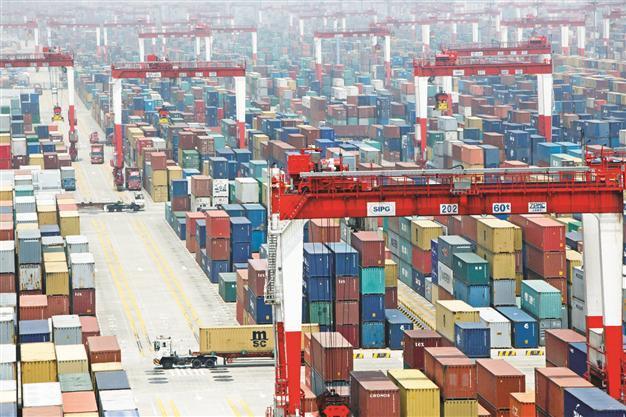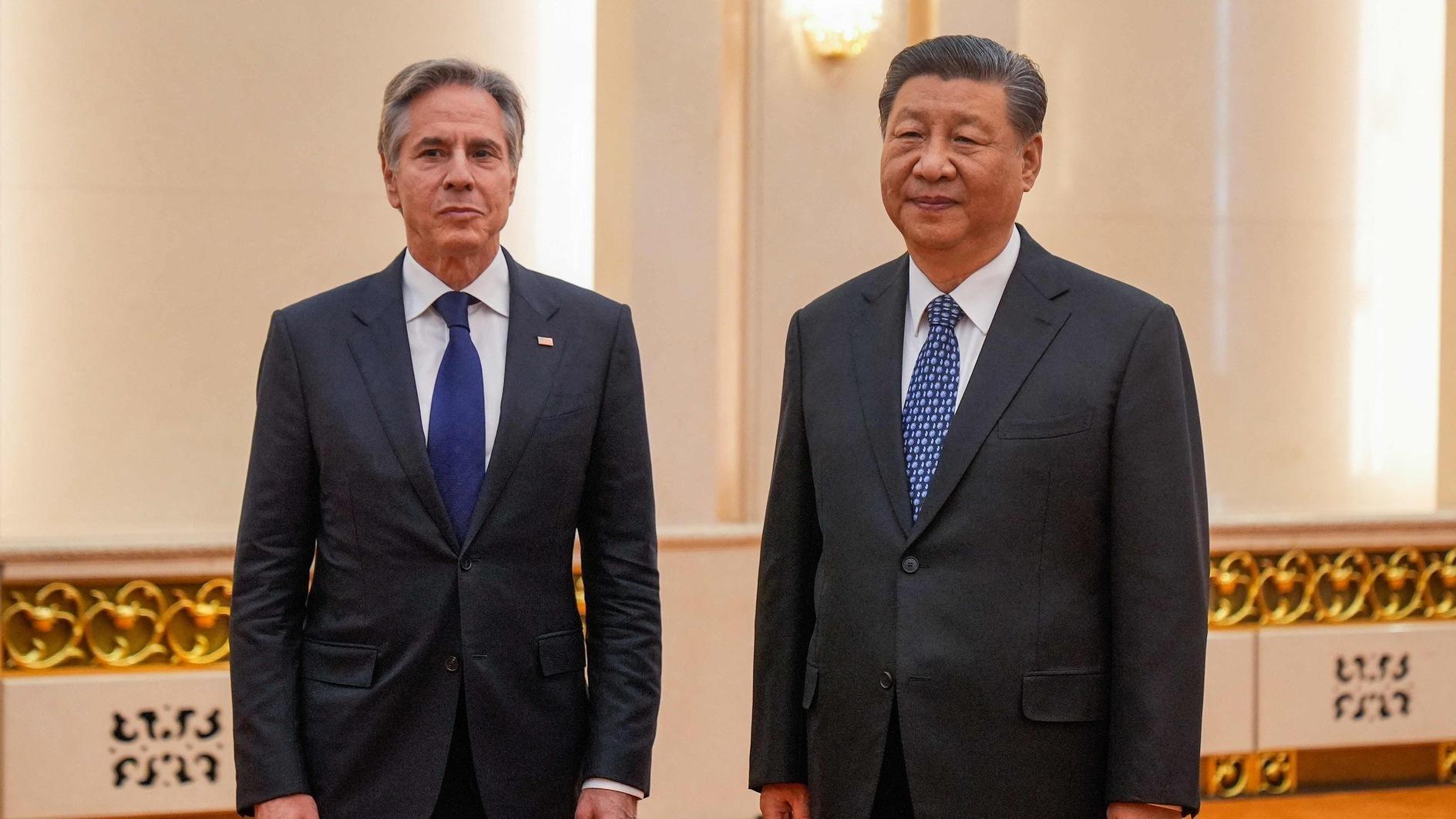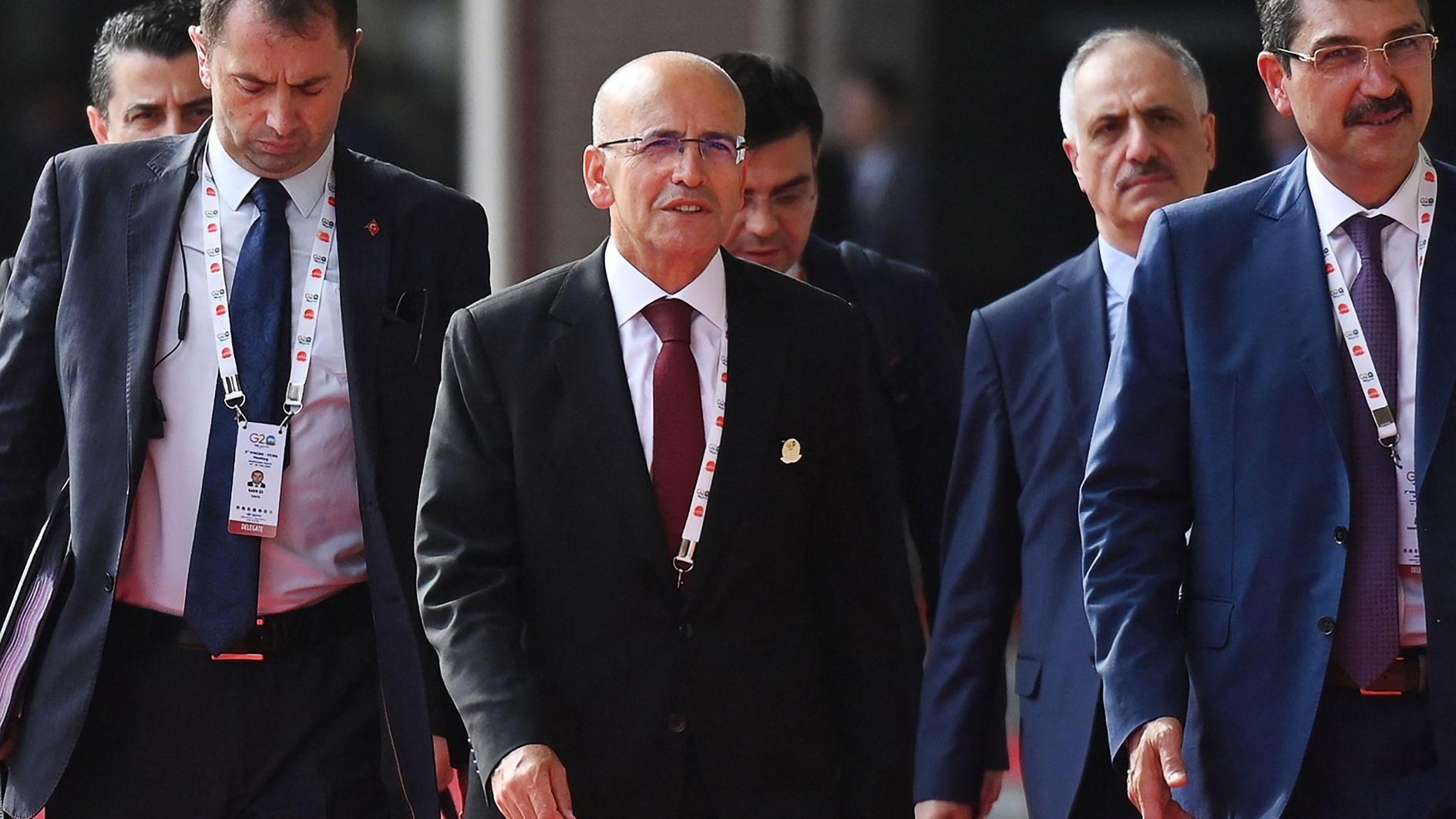China exports, imports increase sharply in May
BEIJING - Agence France-Presse

A general view of a shipping container area at Yangshan Port of Shanghai. REUTERS photo
China’s exports and imports shot up in May, but analysts cautioned the better-than-expected data released yesterday was no cause for joy amid global economic woes and a slowdown in the Asian powerhouse.The strong figures come after China put in a poor economic performance in May and concerned policymakers cut interest rates for the first time in more than three years, as they look to spur growth.
According to the customs agency, exports rose 15.3 percent on-year in May to $181.1 billion and imports increased 12.7 percent to $162.4 billion, slightly widening the trade surplus for the third consecutive month to $18.7 billion.
This compares with a lackluster 4.9 percent increase in exports and 0.3 percent rise in imports in April.
The figures widely defied analyst expectations - a hopeful sign for the world’s second largest economy, which recorded poor data in May such as slower-than-expected growth in industrial output.
A survey released by banking giant HSBC also indicated a contraction in Chinese manufacturing activity in May for the seventh consecutive month. “It is encouraging to see that imports and exports have not collapsed and have actually performed a lot better than expectations,” said Alistair Thornton, a Beijing-based China economist for IHS Global Insight.
“But we had some pretty dismal data out yesterday, and it came off the back of an interest rate cut which really signals that policymakers are extremely concerned about the state of the economy,” he told AFP.
“The fundamentals [of the economy] haven’t really changed, and in fact over the past few months, the fundamentals have deteriorated.” Chinese Premier Wen Jiabao last month said greater priority should be given to growth, which slowed to 8.1 percent in the first quarter of 2012 year-on-year - its slowest pace in nearly three years.
Easing policy
Authorities have been easing monetary policy for some time in an effort to stimulate growth, cutting the amount of money banks are required to keep in reserve three times since December last year.
On June 8, the central bank also cut interest rates for the first time in more than three years and allowed banks more flexibility to set rates, introducing greater competition in the market. Ken Peng, a Beijing-based economist at BNP Paribas, said the stronger-than-expected trade figures in May could be due to temporary factors such as extra working days or inventory that needed to be cleared.
“May had one extra work day and April had one less than last year, so the comparisons are not very even, and secondly, there are inventory issues -- perhaps some of the traders thought they had too much inventory,” he said.
“We’re in a period where external demand is not improving, the RMB [yuan] has increased sharply versus most of its competitors, and especially versus the euro. So there’s no reason [the rise in] exports should be seen as a sustainable improvement at this point.” Chinese policymakers are trying to place a greater emphasis on domestic demand to stimulate growth rather than maintaining a reliance on exports as the crisis in Europe rages on.
















